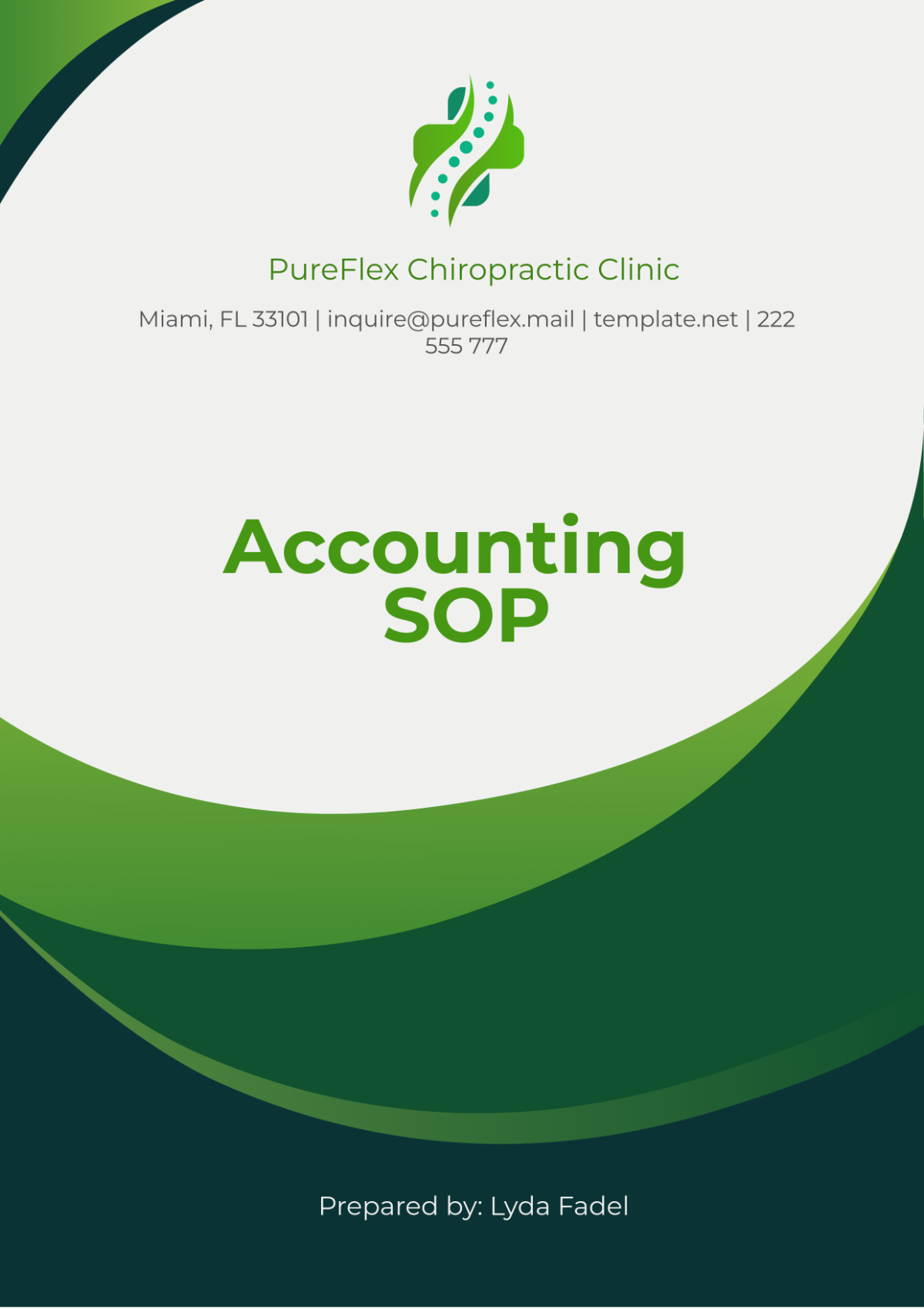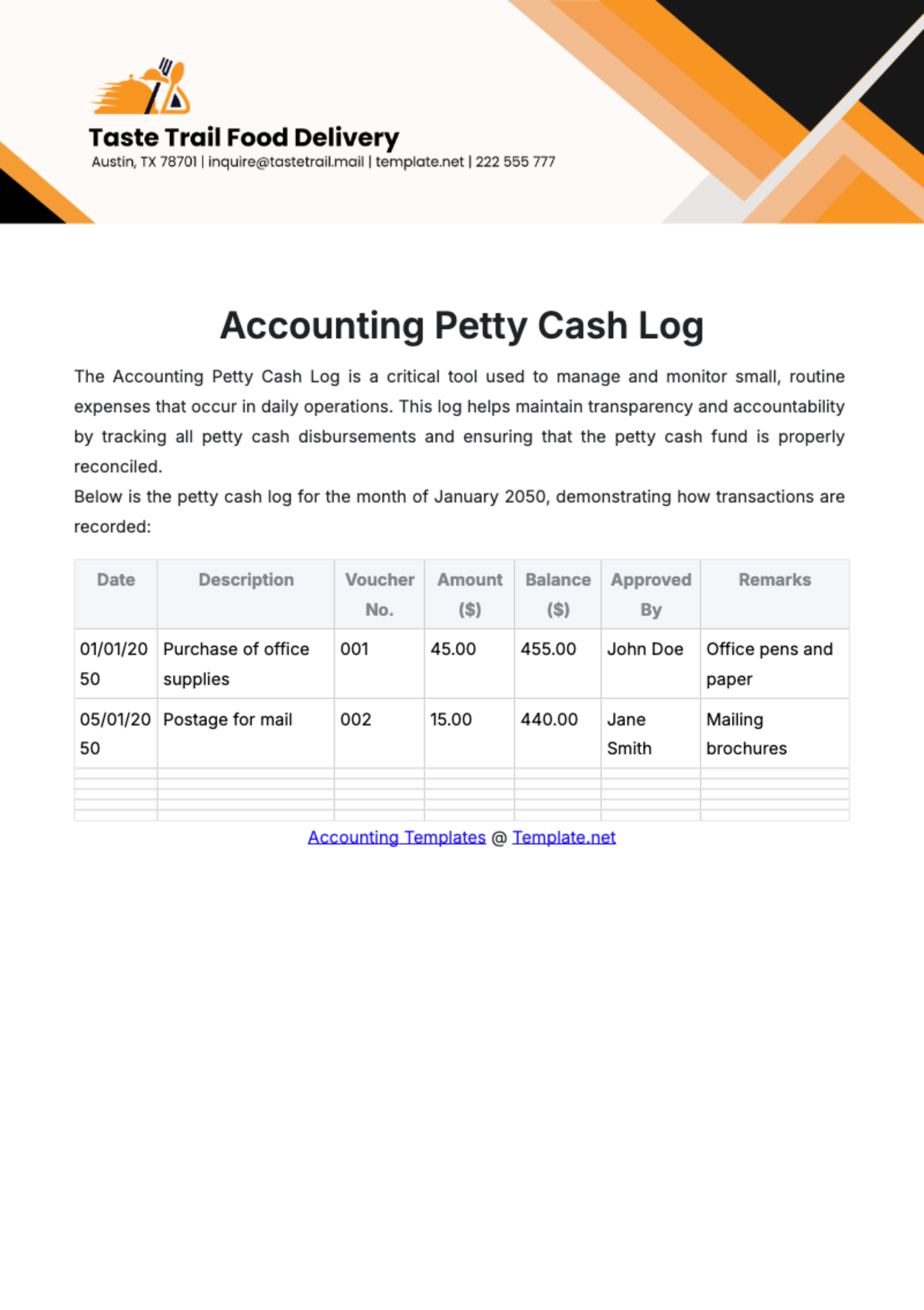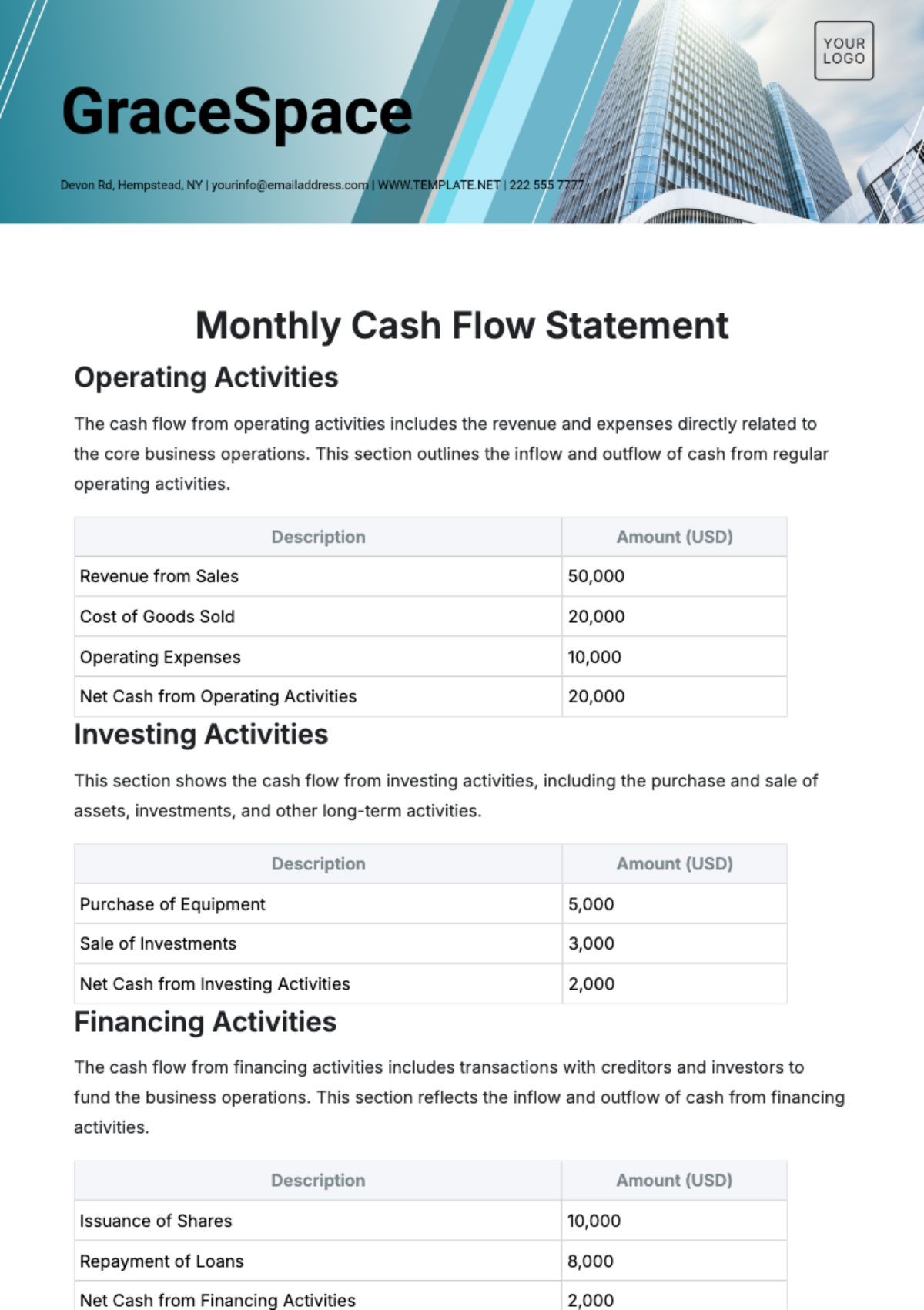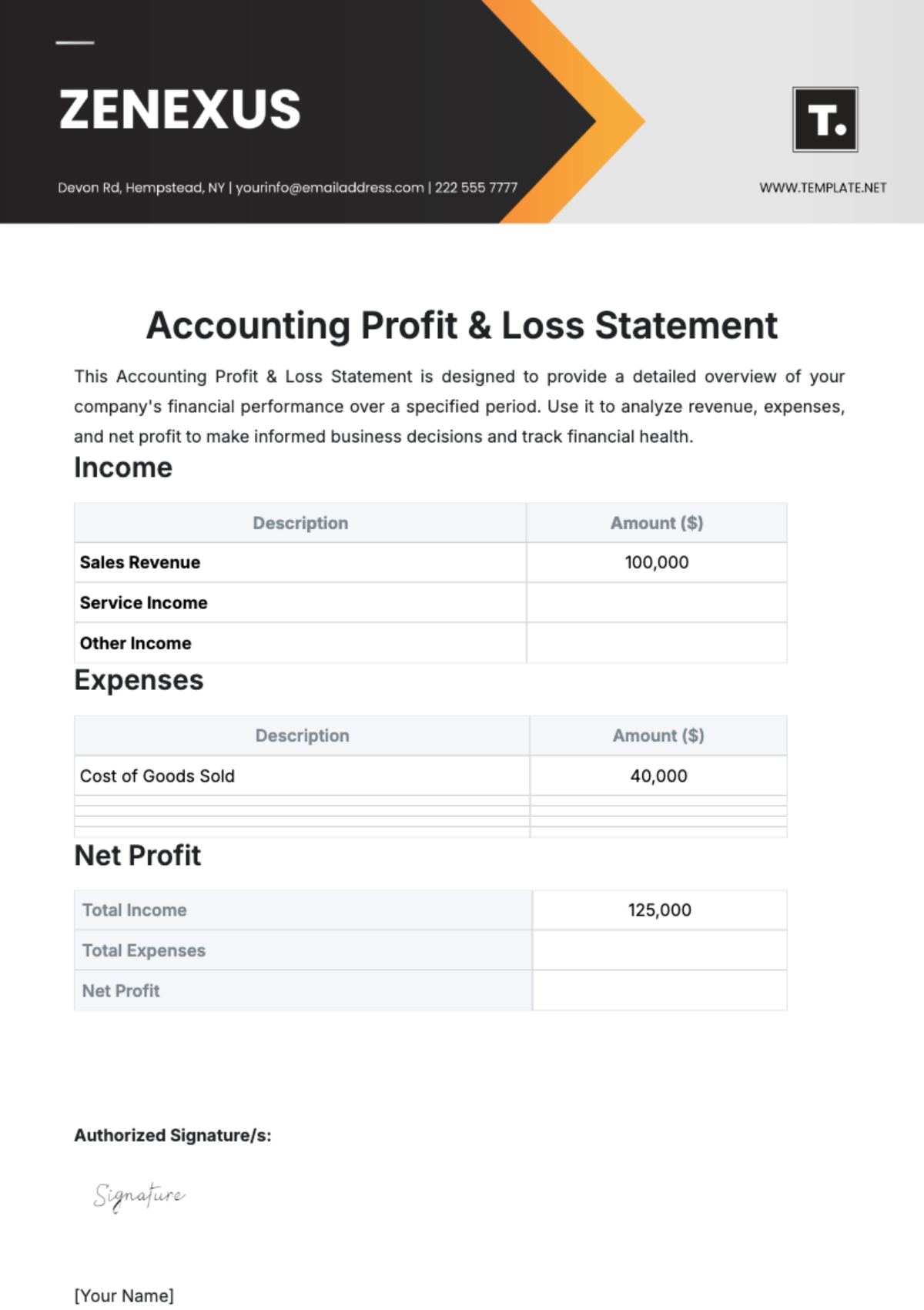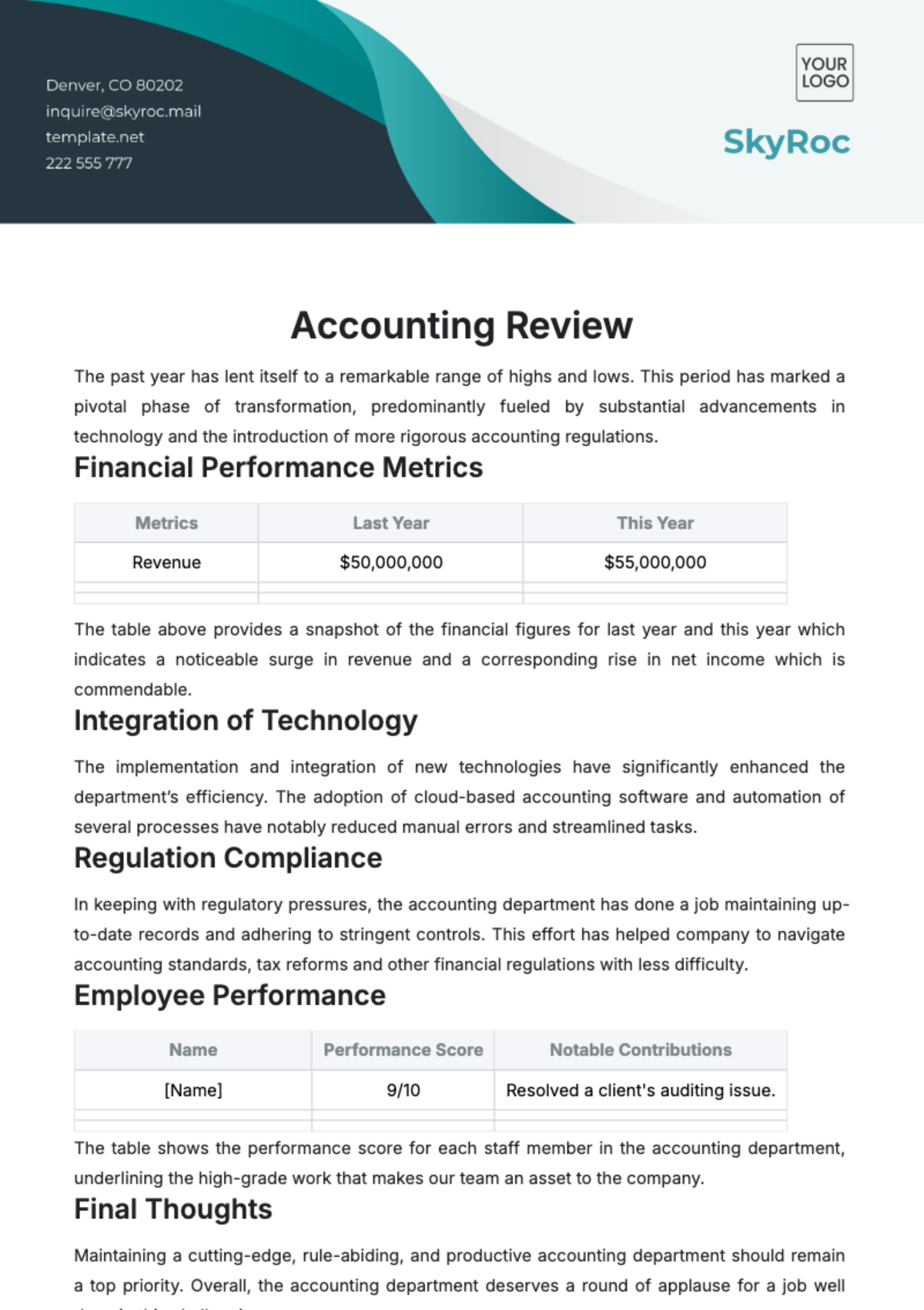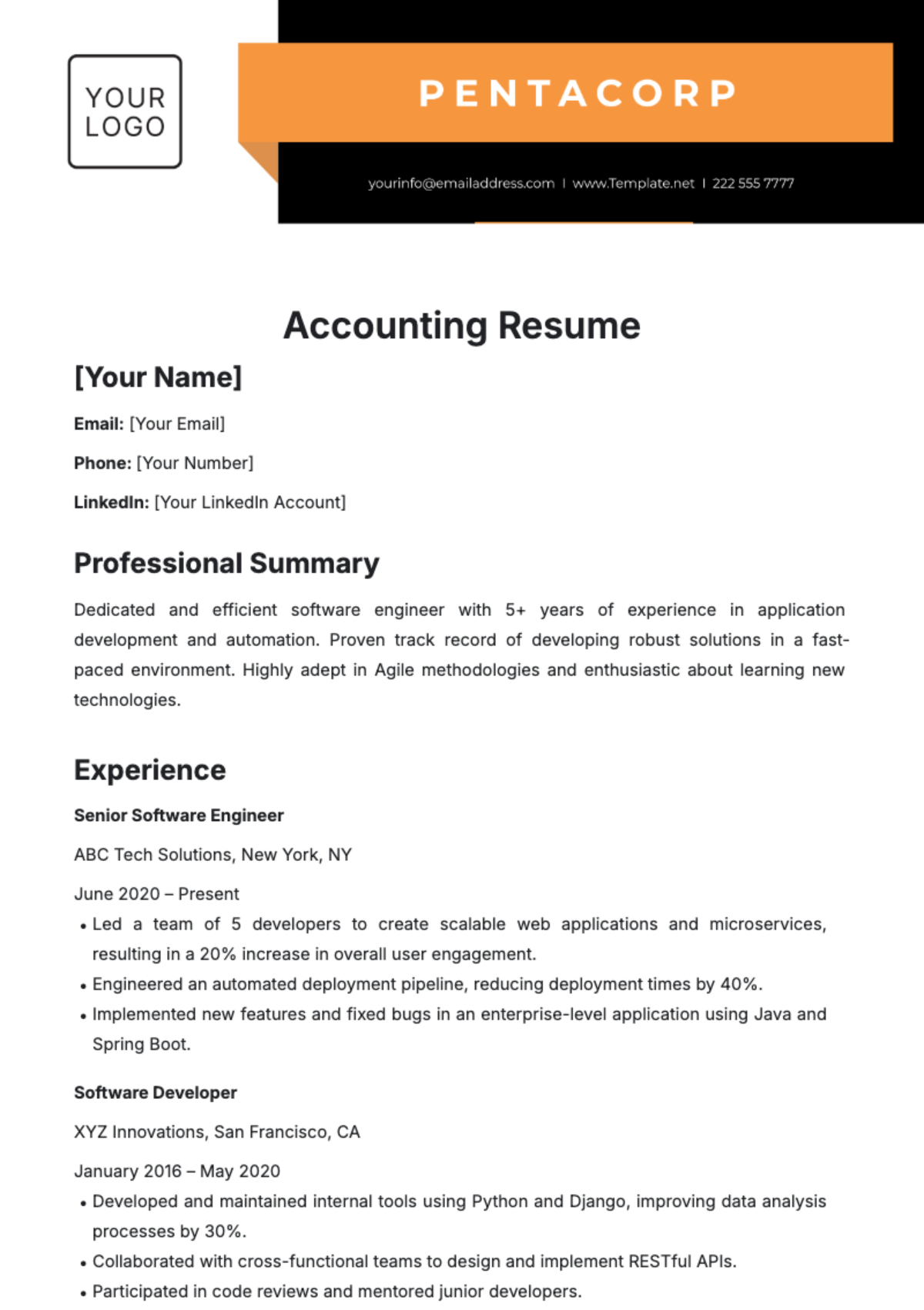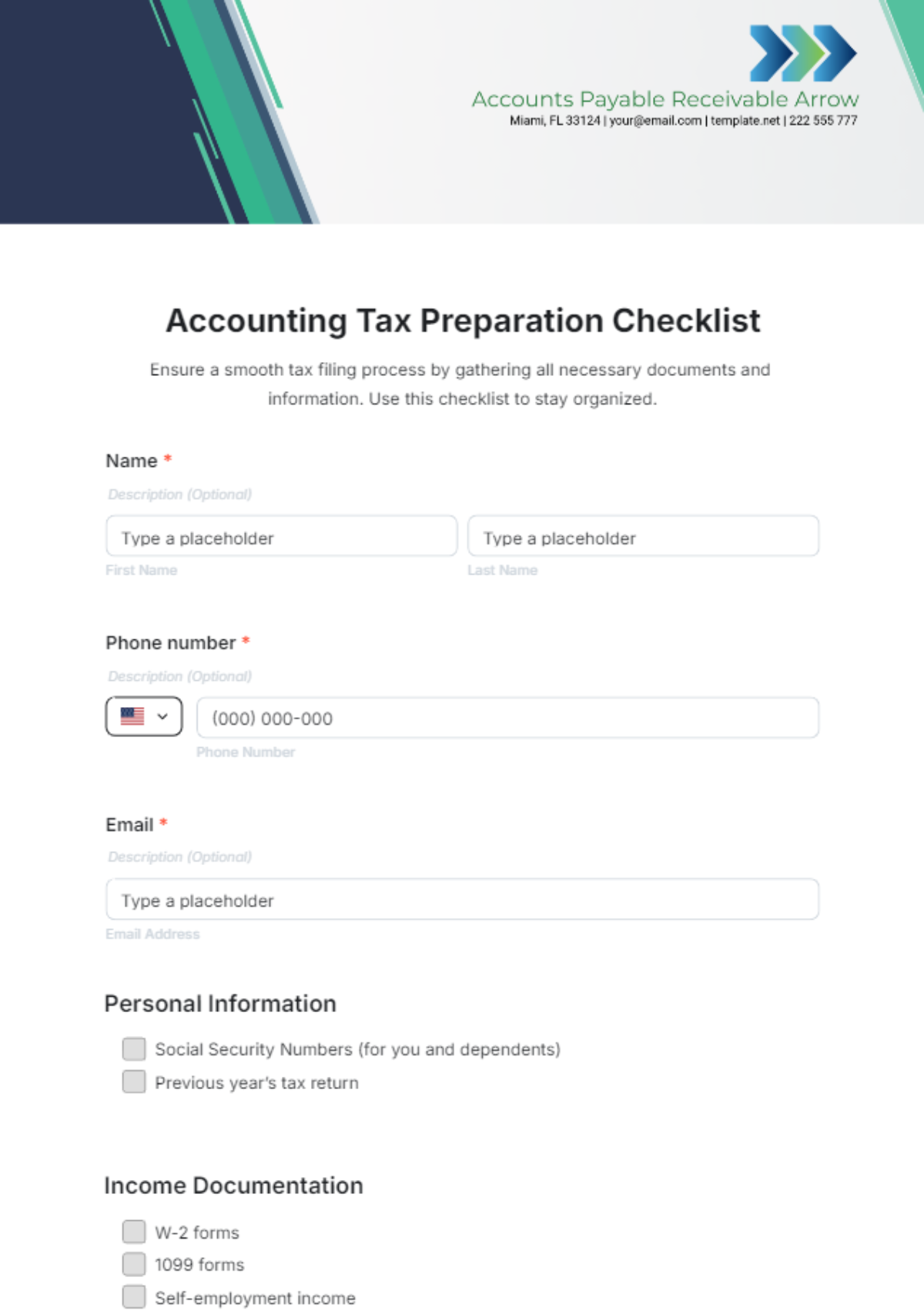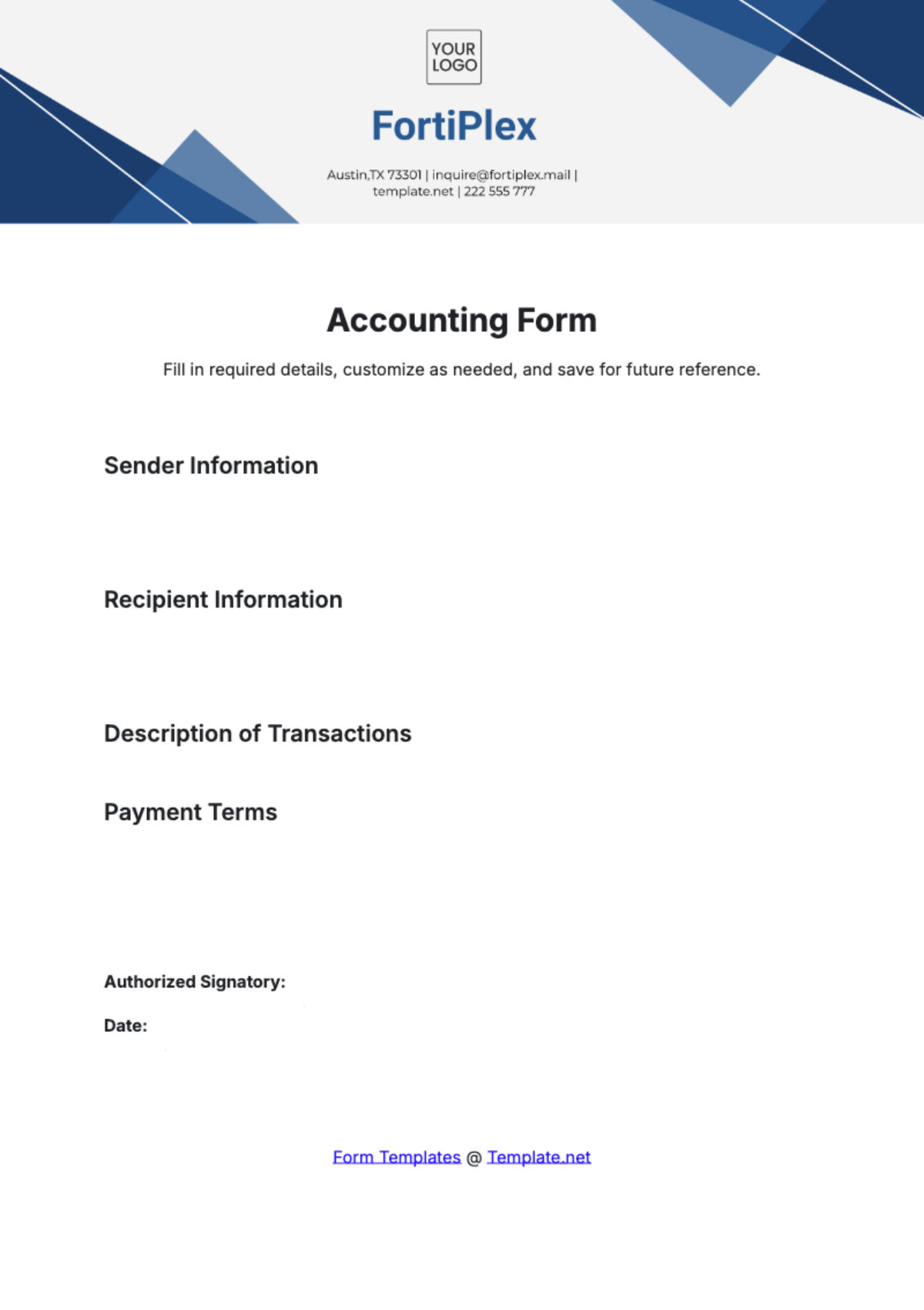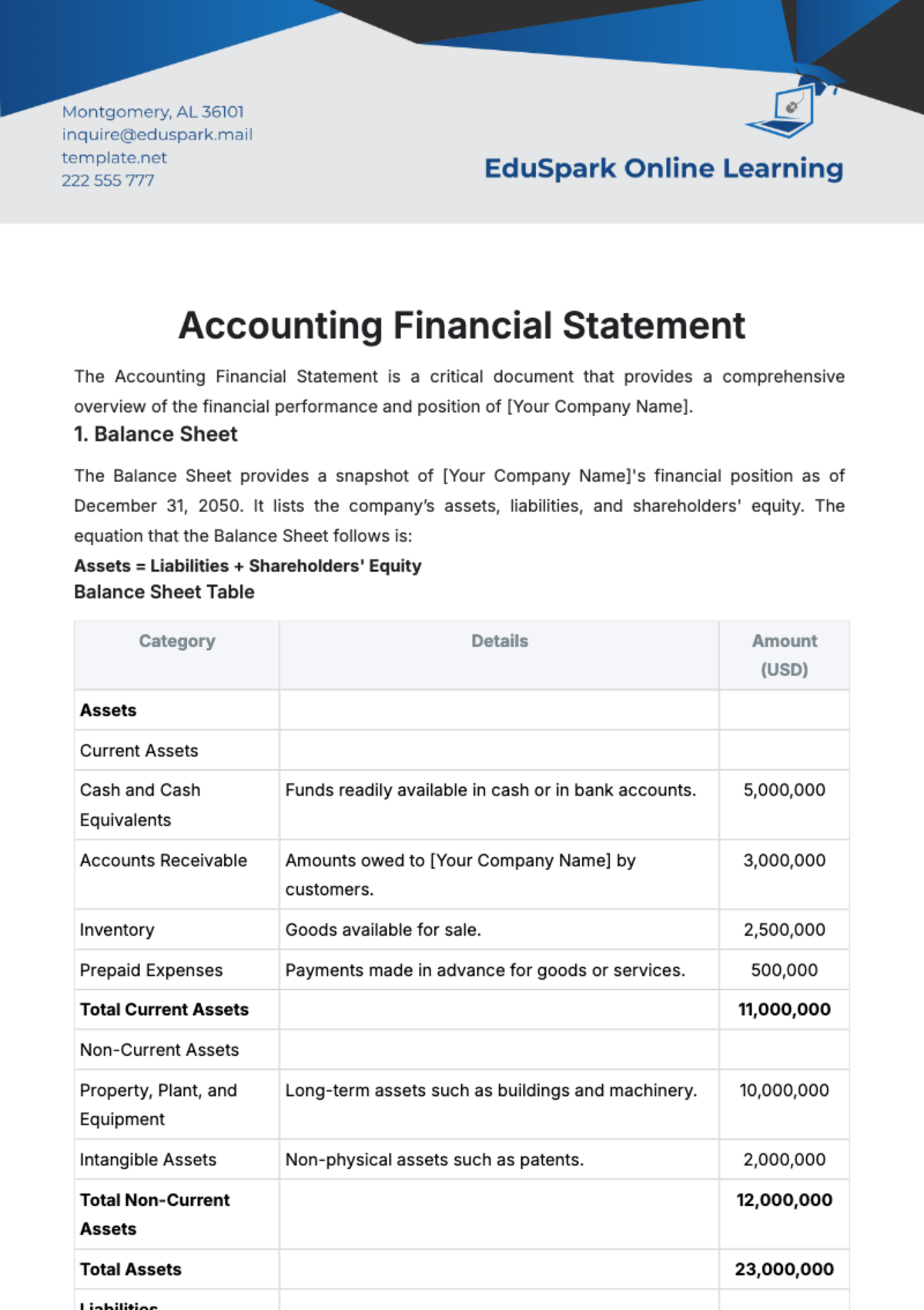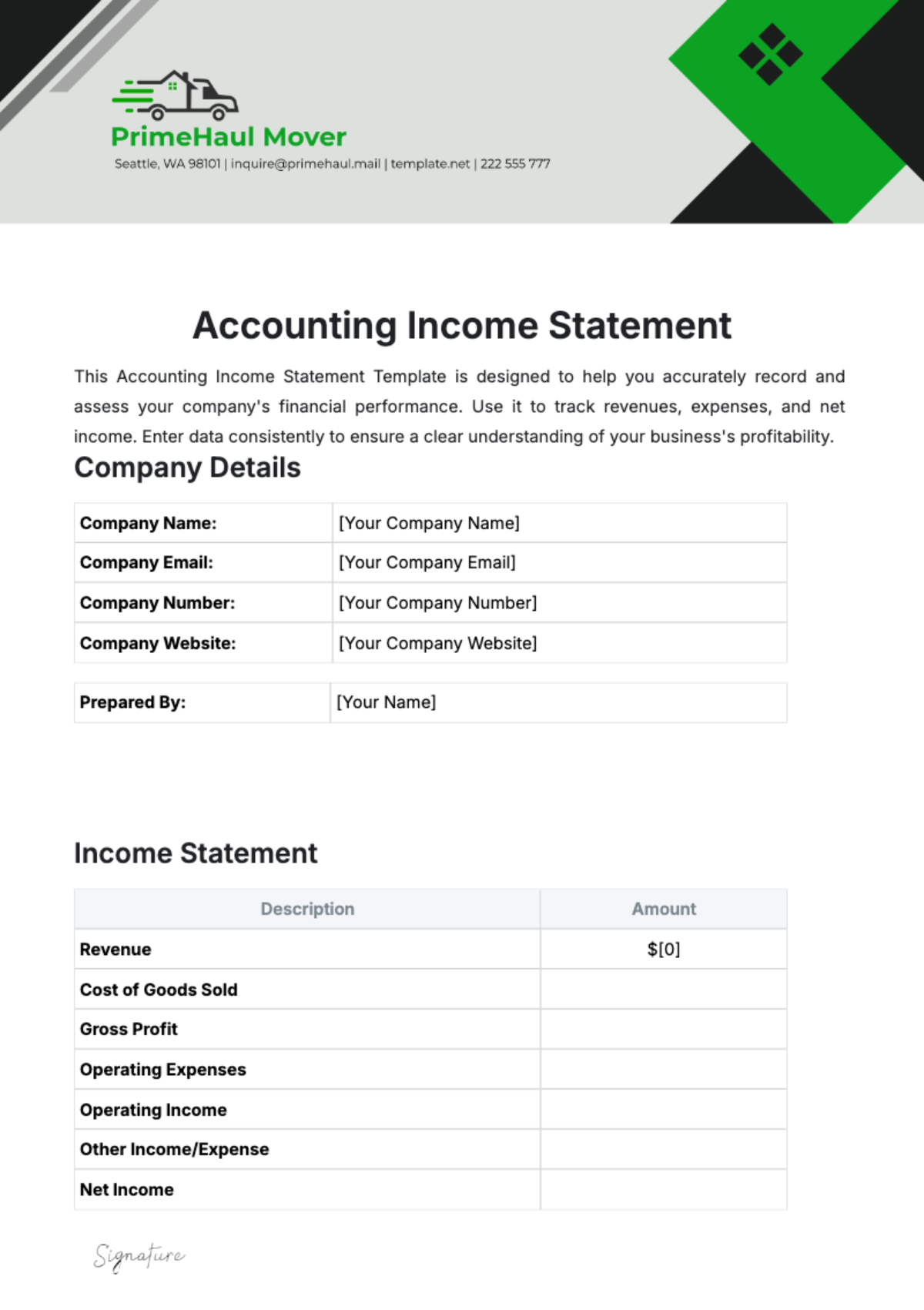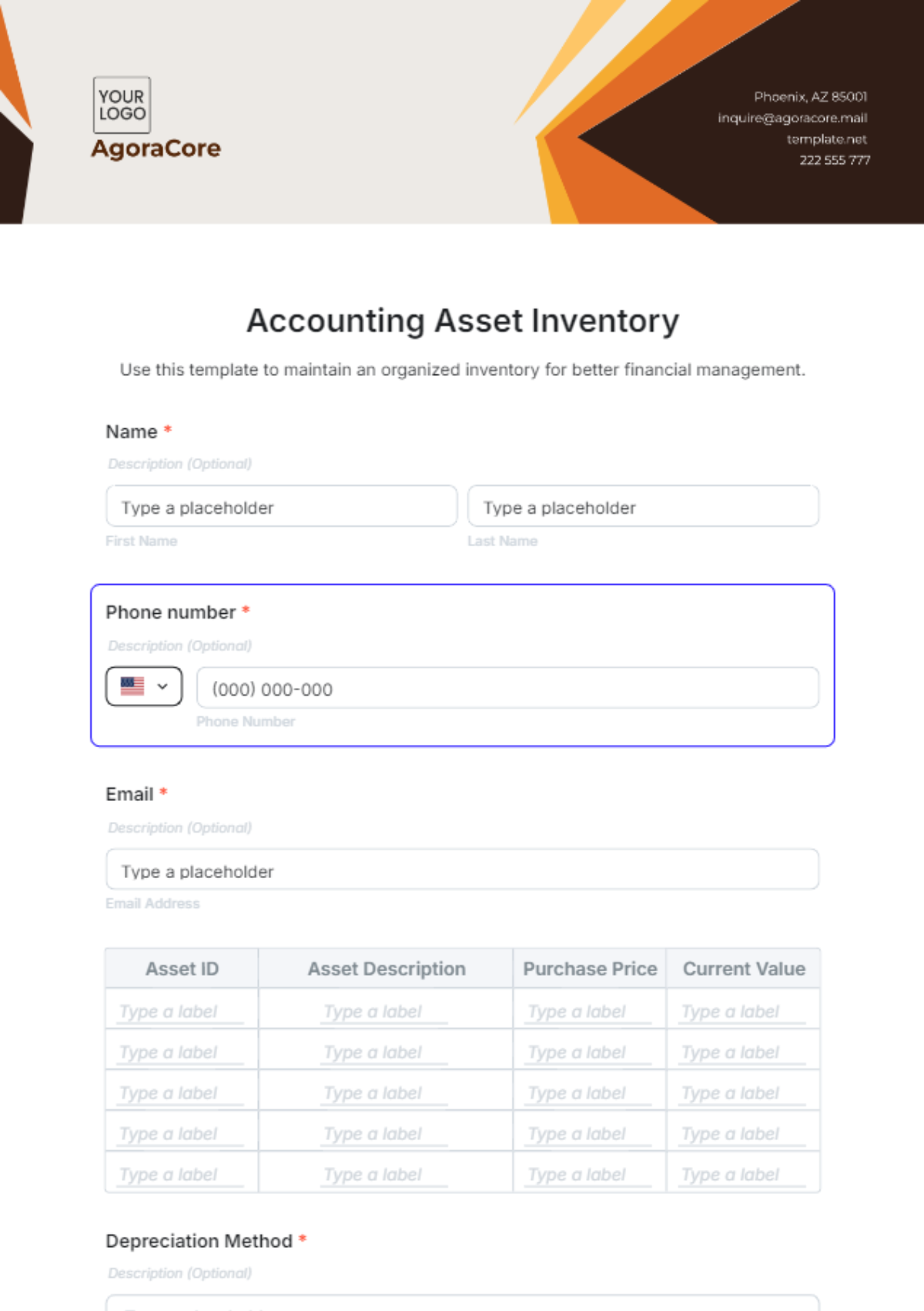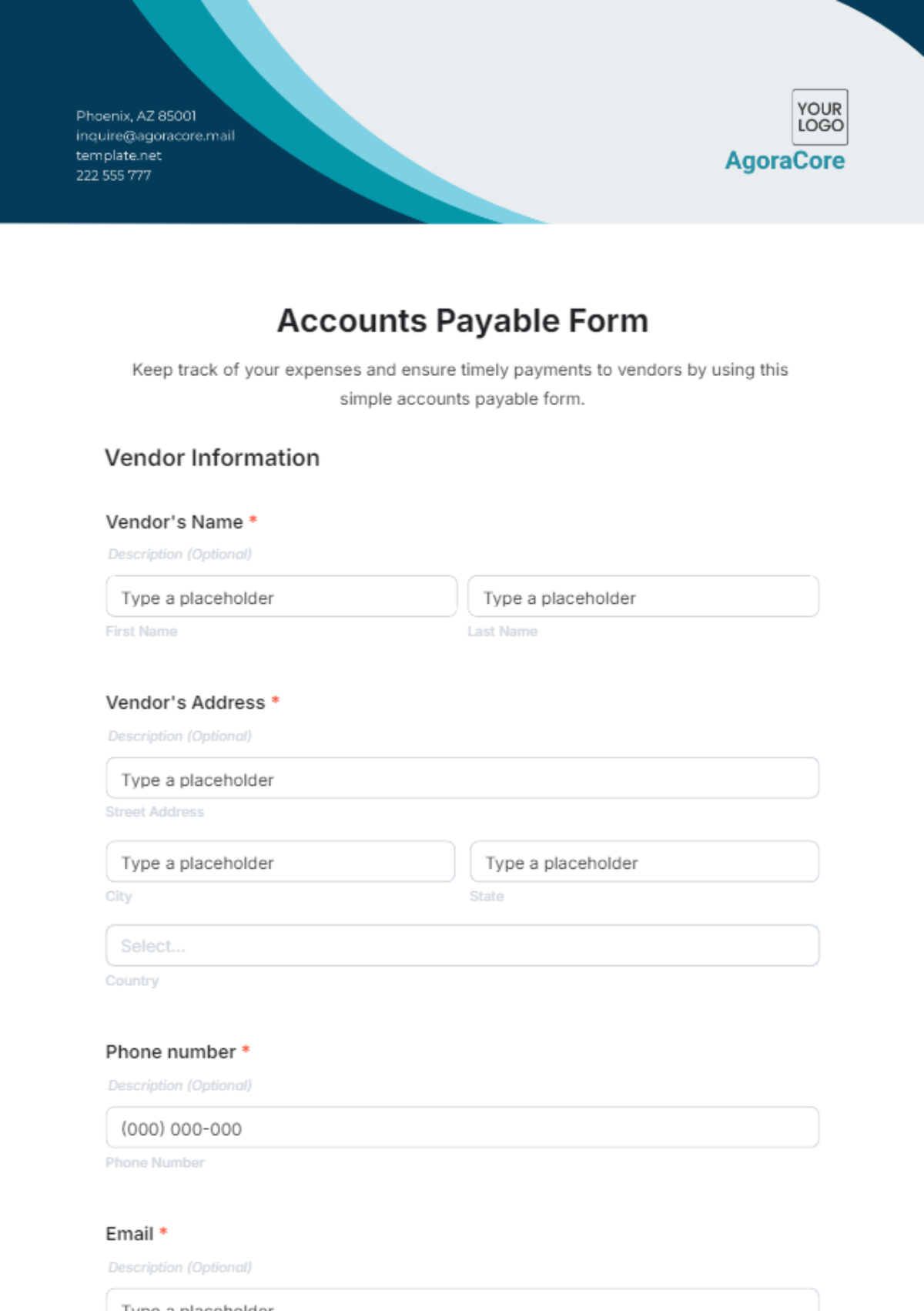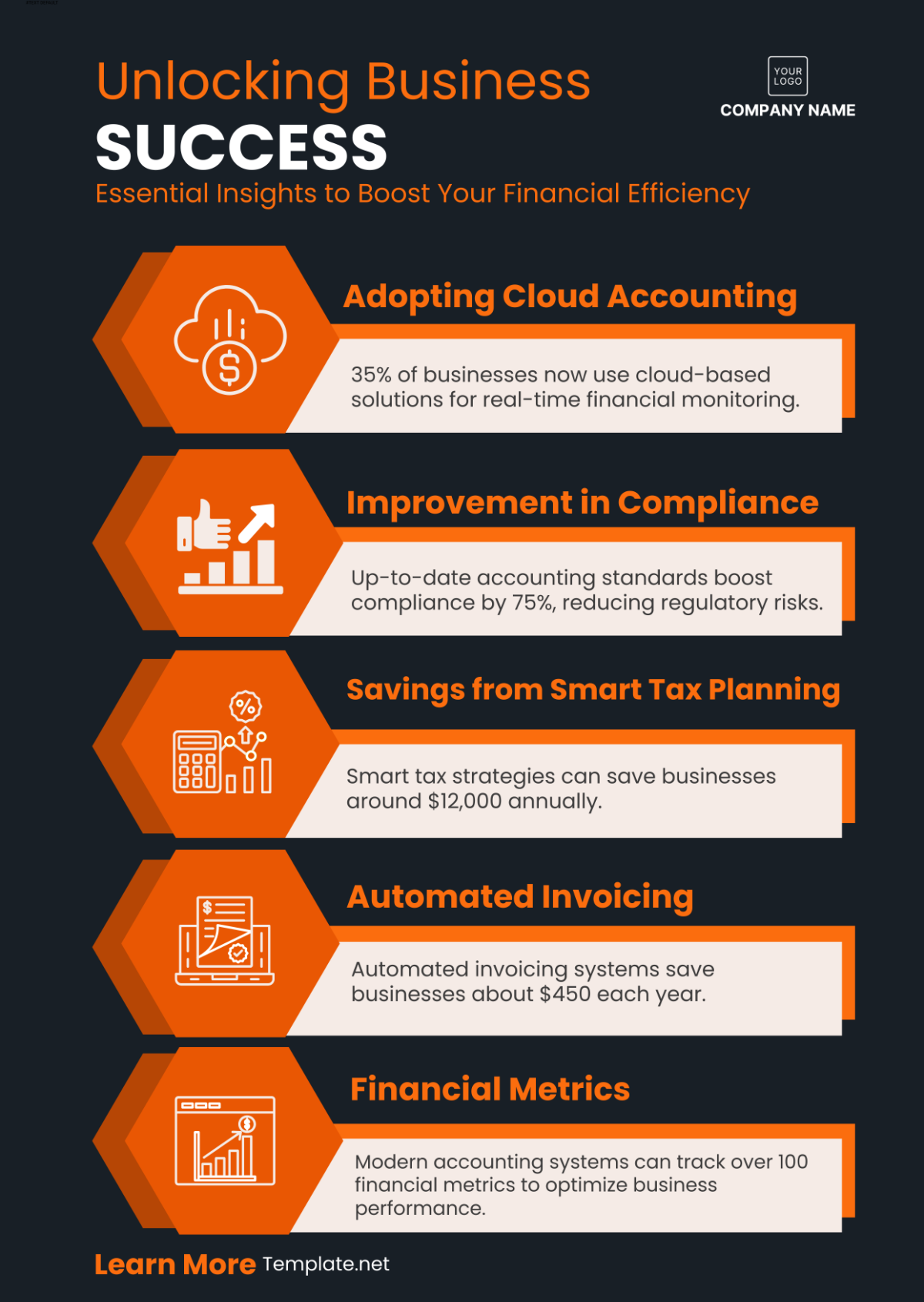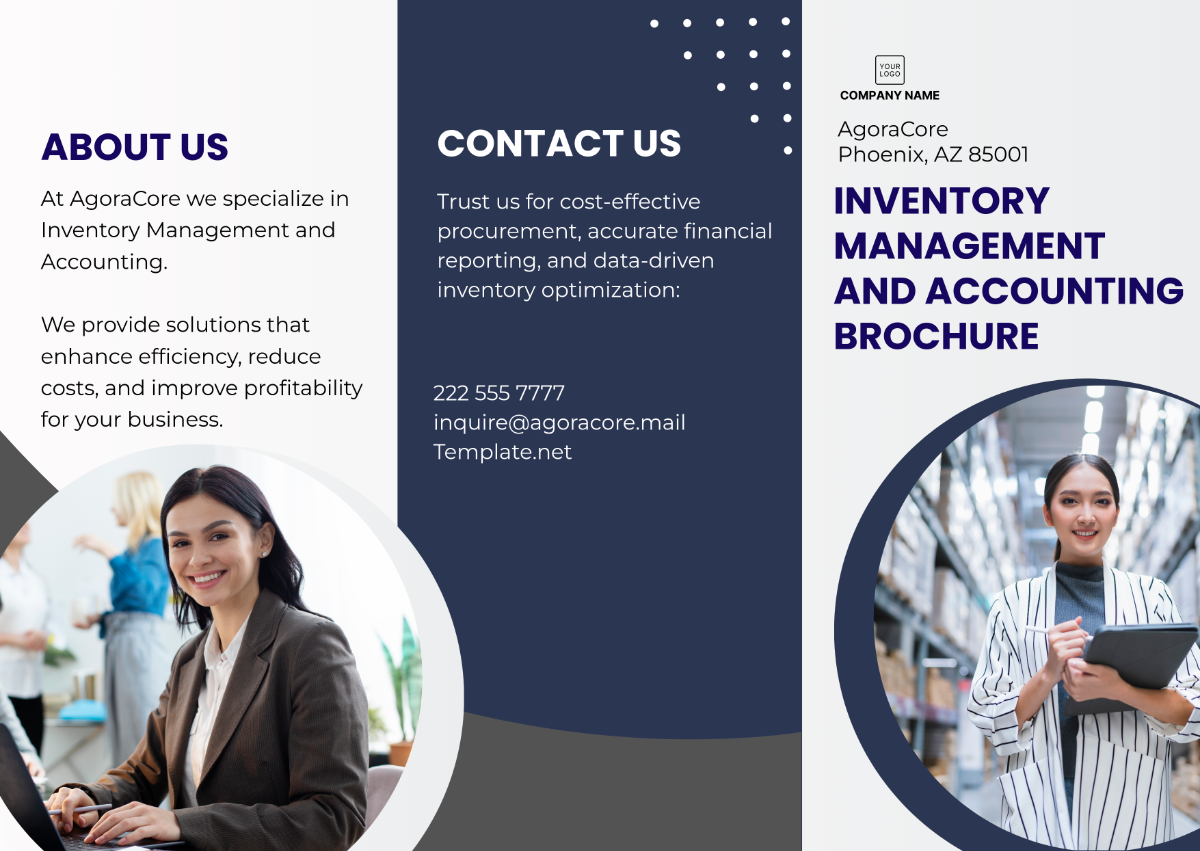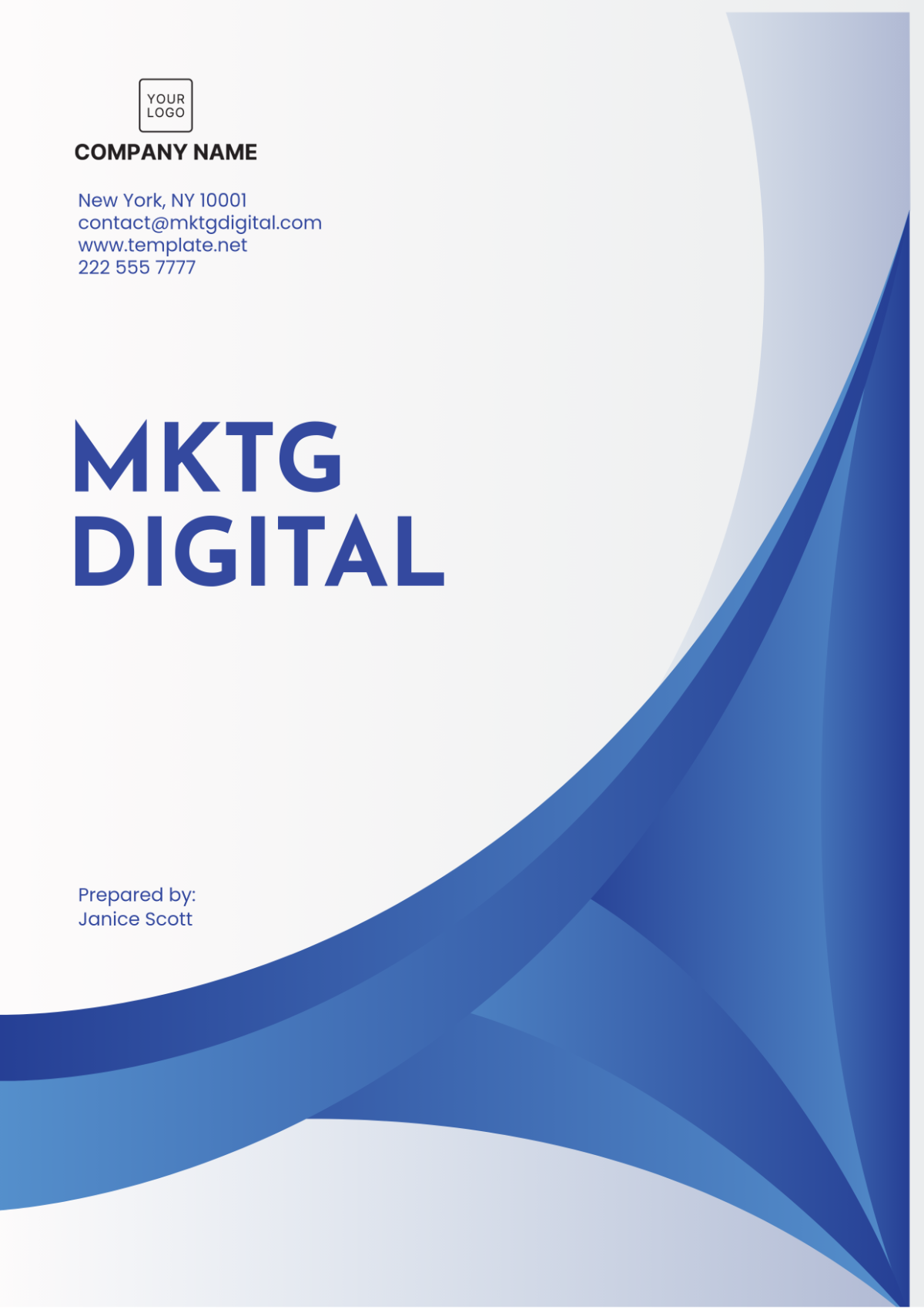Free Account Management System Template
Account Management System
A. Introduction
In the fast-paced business environment of today, efficient and effective account management is vital for the success and sustainability of any organization. [Your Company Name], a leading player in the [Industry Sector], recognizes the critical need for a robust Account Management System (AMS). This system is tailored to meet our unique business requirements, ensuring seamless management of customer accounts, financial data, and related operational tasks.
B. System Overview
The Account Management System at [Your Company Name] is a comprehensive solution designed to handle the intricacies of modern account management. Developed with cutting-edge technology, it integrates various facets of account handling, from basic data entry to complex financial analysis, under one umbrella. The core of the system is built on a modular architecture, offering scalability and flexibility to adapt to the evolving business landscape.
C. Key Features and Functionalities
Customer Account Management: At the heart of the AMS is the Customer Account Management module. This feature allows for detailed recording and tracking of all customer information, including contact details, account history, transaction records, and communication logs. It enables our team to maintain a 360-degree view of customer interactions, enhancing relationship management and customer service quality.
Financial Transaction Processing: The system excels in handling various financial transactions, including invoicing, payments, and adjustments. Automated processes reduce manual errors, ensure timely invoicing, and streamline payment collection. The module also supports multiple payment methods and currencies, catering to our global customer base.
Reporting and Analytics: Advanced reporting tools embedded in the AMS provide real-time insights into account statuses, financial performance, and customer behavior patterns. Customizable reports range from account receivables aging reports to sales performance analysis, aiding strategic decision-making.
Compliance and Security: Recognizing the importance of data security and regulatory compliance, the AMS is equipped with state-of-the-art security features. It complies with relevant industry standards, including GDPR and PCI DSS, ensuring the protection and confidentiality of sensitive data.
Integration Capabilities: The AMS seamlessly integrates with other business systems such as CRM, ERP, and e-commerce platforms. This integration ensures data consistency across systems and enhances operational efficiency.
D. Operational Workflow
Account Creation and Management: The process begins with the creation of a customer account. The system allows for the input of comprehensive customer data, including billing and shipping information, tax details, and credit limits. Account managers can easily update and manage these details, ensuring accurate and up-to-date records.
Transaction Handling: Each financial transaction, be it a sale, a payment, or a credit note, is meticulously recorded and processed. The system automates invoice generation, sends payment reminders, and records payments, streamlining the transaction cycle.
Account Reconciliation: The AMS provides tools for account reconciliation, ensuring that all financial records are accurate and up-to-date. This feature is critical for maintaining the integrity of financial data and for accurate financial reporting.
Customer Interaction and Support: The system records all customer interactions, providing valuable insights for account managers. This information is crucial for providing personalized support and for identifying opportunities for upselling or cross-selling.
E. User Interface and Experience
The AMS boasts a user-friendly interface, designed for ease of use and efficiency. The dashboard provides a quick overview of key metrics, while the navigation is intuitive, allowing users to easily access different modules and functionalities. Customizable views and filters enable users to tailor the interface to their specific needs.
F. Performance Metrics and KPIs
The system tracks various performance metrics and KPIs to monitor the effectiveness of account management strategies. Some of the key metrics include:
➥ | Average Days to Close an Invoice |
➥ | Customer Satisfaction Score |
➥ | Account Churn Rate |
➥ | Revenue per Account |
➥ | Collection Effectiveness Index |
These metrics provide valuable insights into the health and performance of customer accounts.
G. Data Management and Backup
In today's digital age, the management and safeguarding of data are crucial for any business, and [Your Company Name] is no exception. The Account Management System (AMS) we have in place is designed with a strong emphasis on maintaining data integrity and ensuring its constant availability.
Robust Data Management Practices
The AMS employs a multi-layered approach to data management. This begins with meticulous data entry protocols to ensure that all information entered into the system is accurate and complete. Rigorous validation rules are in place to prevent errors and inconsistencies in data entry.
Once data is in the system, it's managed through a structured and secure database. We employ advanced encryption techniques to protect sensitive information, ensuring that customer and financial data remain confidential and secure from unauthorized access.
Regular Backups
To safeguard against data loss due to system failures, cyber-attacks, or other unforeseen events, the AMS performs regular backups. These backups are scheduled during off-peak hours to minimize the impact on system performance. The backup process involves creating complete copies of all data stored in the system, which are then stored in secure, off-site locations.
This off-site storage is critical for disaster recovery purposes. In the event of a major disruption, such as a natural disaster or a significant system failure, these backups can be used to restore the system to its last known good state, ensuring business continuity with minimal downtime.
Redundant Systems
In addition to regular backups, the AMS is supported by redundant systems. This means that there are duplicate systems running in parallel, ready to take over in case the primary system fails. This redundancy is a key part of our strategy to ensure continuous system availability and to protect against data loss.
The redundant systems are hosted in geographically dispersed data centers, further enhancing their reliability and reducing the risk of simultaneous failure.
H. Training and Support
Understanding and effectively using the AMS is crucial for maximizing its benefits. [Your Company Name] is committed to ensuring that every user of the system, from account managers to financial analysts, is fully equipped to utilize its capabilities to the fullest.
Comprehensive Training Programs
Our comprehensive training programs are designed to cater to users with varying levels of technical expertise. These programs include:
Initial Training Sessions: | These are conducted when a new user is onboarded to the system. They cover the basics of system navigation, data entry, and report generation. |
Advanced Workshops: | For more experienced users, we offer workshops focusing on advanced features of the AMS, such as complex data analysis, custom report creation, and system customization. |
E-Learning Modules: | To accommodate different learning styles and schedules, we provide a range of online learning modules. These are accessible 24/7 and cover various aspects of the system in a self-paced format. |
Ongoing Support and Maintenance
We understand that user needs evolve, and questions may arise after the initial training. To address this, we offer ongoing support and maintenance:
Help Desk Support: Our dedicated help desk is available to provide assistance with any system-related queries or issues. This support is available via phone, email, and live chat.
Regular System Updates: The AMS is regularly updated to introduce new features, enhance existing functionalities, and address any bugs or security vulnerabilities. These updates are done with minimal disruption to users, often scheduled during off-peak hours.
User Feedback Loop: We actively seek and incorporate user feedback into system enhancements. This continuous improvement loop ensures that the AMS remains aligned with the changing needs of our business and our users.
I. Benefits and Impact on [Your Company Name]
Implementing the AMS has brought about significant improvements in the efficiency and effectiveness of account management at [Your Company Name].
Key benefits include:
Improved Cash Flow Management: Faster invoice processing and improved collection rates have positively impacted cash flow.
Enhanced Customer Satisfaction: With better account management and personalized customer service, customer satisfaction levels have increased.
Increased Operational Efficiency: Automation of routine tasks has freed up time for account managers to focus on strategic initiatives.
Data-Driven Decision Making: Access to real-time data and analytics has improved the quality of decision-making.
J. Future Developments
As [Your Company Name] continues to innovate and stay ahead in the [Industry Sector], the Account Management System (AMS) is set for further enhancements to keep pace with technological advancements and evolving business needs. In addition to incorporating AI and machine learning capabilities for predictive analytics, we are also exploring the integration of blockchain technology. This cutting-edge technology promises to revolutionize how financial transactions and customer data are managed and secured. By leveraging blockchain, we anticipate significant improvements in data transparency, security, and traceability. This advancement will not only bolster the trust of our clients in our system but also streamline the reconciliation processes and enhance the overall integrity of our financial transactions.
Moreover, we are looking into more intuitive user interface designs and mobile app integration, ensuring that our account management solutions are accessible and efficient, even on the go. These forward-thinking initiatives are a part of our commitment to continual improvement and innovation, ensuring that the AMS remains a state-of-the-art tool that significantly contributes to the strategic goals and operational excellence of [Your Company Name].
K. Conclusion
The Account Management System at [Your Company Name] stands as a testament to our commitment to employing cutting-edge technology to drive business growth and enhance customer relationships. It has become an integral part of our operational framework, contributing significantly to our overall success and market leadership.


